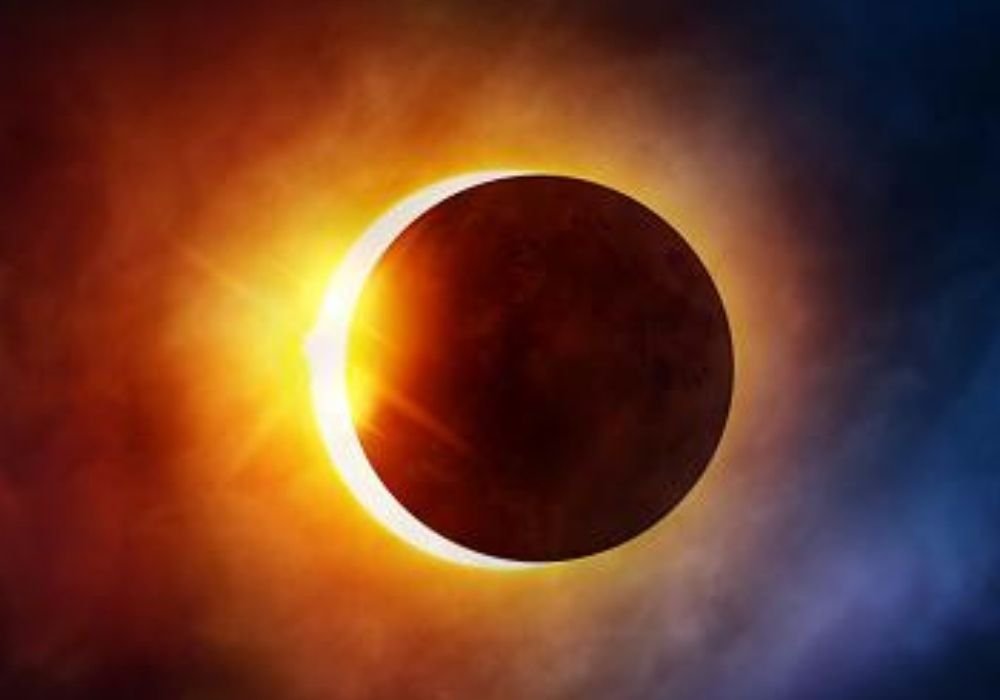Last Saturday (14), billions of people around the world were able to Observe an annular solar eclipse, an astronomical event that presents the Sun as a large “ring of fire” in the afternoon sky. However, some people were unable to watch the eclipse because they were out of reach of the event; others even followed it, but only a partial version of the show.
As expected, the rare annular solar eclipse in Brazil lasted only a few minutes. An event of the same category occurred in 2021, but Brazilians could not observe it; Now, The next annular solar eclipse to be observed in Brazil will only occur in 2027.
Why are annular solar eclipses so rare?
An annular solar eclipse is considered rare compared to partial and total solar eclipses because it occurs when the Moon is at its farthest point relative to the Earth’s elliptical orbit. Thus the Moon appears smaller in the sky and cannot completely cover the Sun; creating the impressive “ring of fire” seen last Saturday.
They are also considered rare because they can only be observed in their entirety in certain geographic areas; for example, it was possible to watch it in Brazil in 2023, but it will be observed here again only in February 2027 – then observation will be possible only for those south of Rio Grande do Sul.
However, according to experts, there will come a day when annular eclipses will no longer be so rare. This happens because a total eclipse of the Sun is no longer possible.Because the Moon seen from Earth will be too small to completely cover the star. It is therefore possible that the majority of visible solar eclipses will occur with the beautiful “ring of fire” around the Sun, similar to the eclipse that occurred on October 14, 2023.
An annular solar eclipse forever?
After a series of analyzes using data from laser reflectors placed on the Moon’s surface, astronomers discovered that the Moon is moving away by an average of 3.8 centimeters per year. This means that during total eclipses there will come a time when the Moon will be too far away to completely cover the Sun.leaving room only for ring-shaped versions.
Belgian writer and astronomer Jean Meeus wrote in his book: “As a result, from 620 million to 1,210 million years in the future, there will be periods in which total solar eclipses will be alternately possible and impossible, and in the end these totals will remain impossible forever.” , called ‘More mathematical astronomy morsels’.
As the Moon gradually recedes, its visible size from the Earth will decrease over time, thus bringing an end to all solar phenomena. In any case, there is no need to worry yet; If this really happens, will last at least 1.21 billion years, meaning many generations will still be able to observe total solar eclipses – unless humans destroy themselves through wars or climate change.
Did you like the content? Discover other interesting facts about astronomical events at TecMundo. If you wish, learn the science behind the solar eclipse.
Source: Tec Mundo
I’m Blaine Morgan, an experienced journalist and writer with over 8 years of experience in the tech industry. My expertise lies in writing about technology news and trends, covering everything from cutting-edge gadgets to emerging software developments. I’ve written for several leading publications including Gadget Onus where I am an author.













